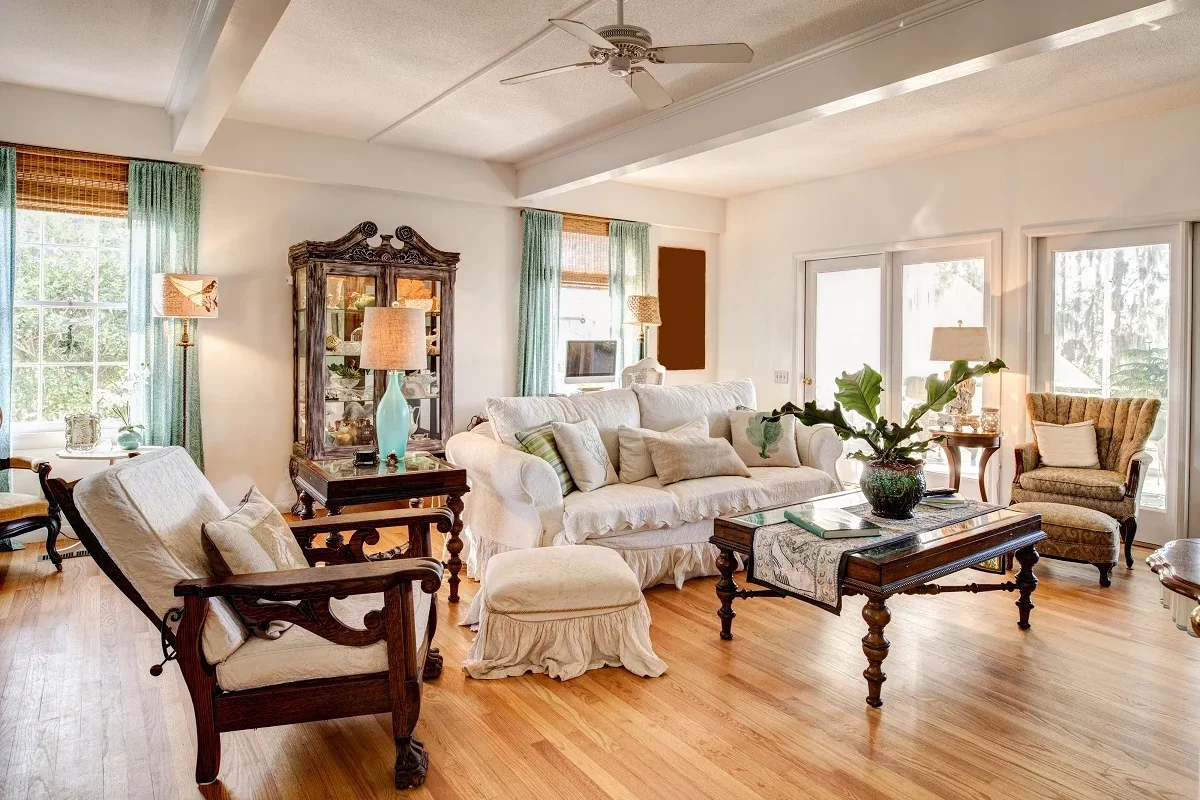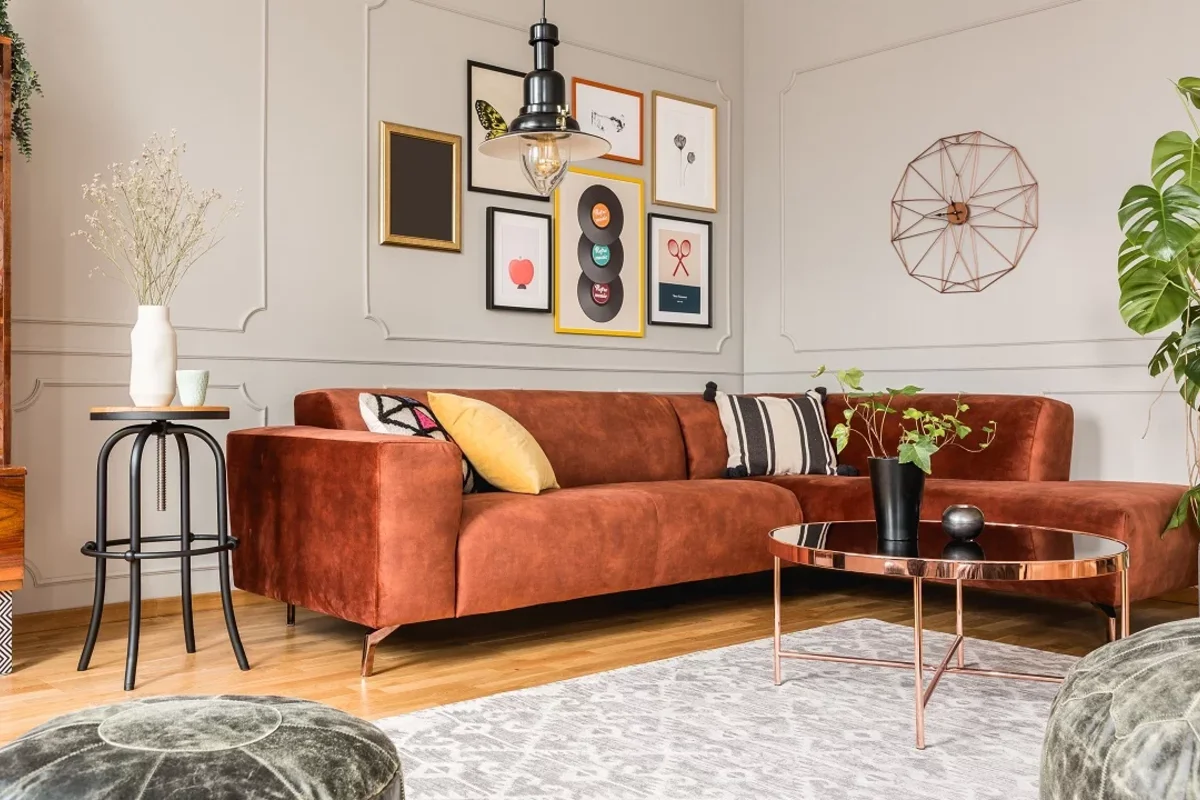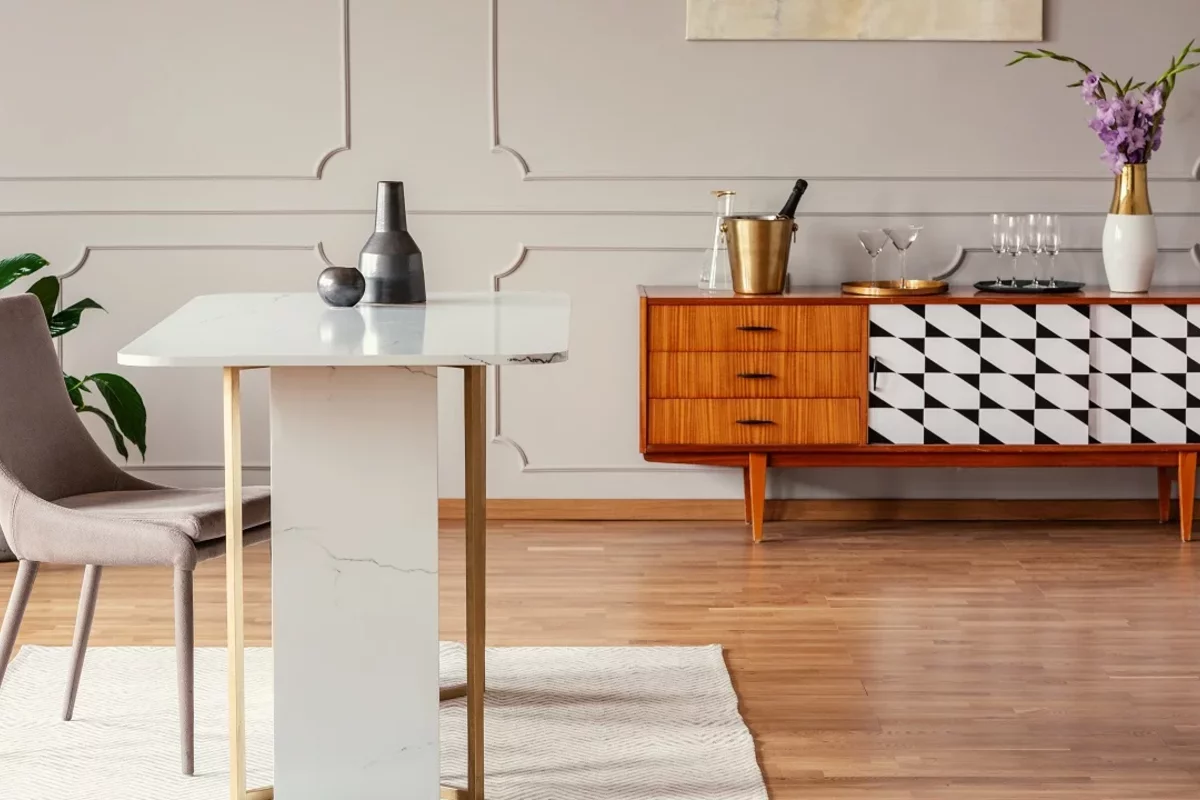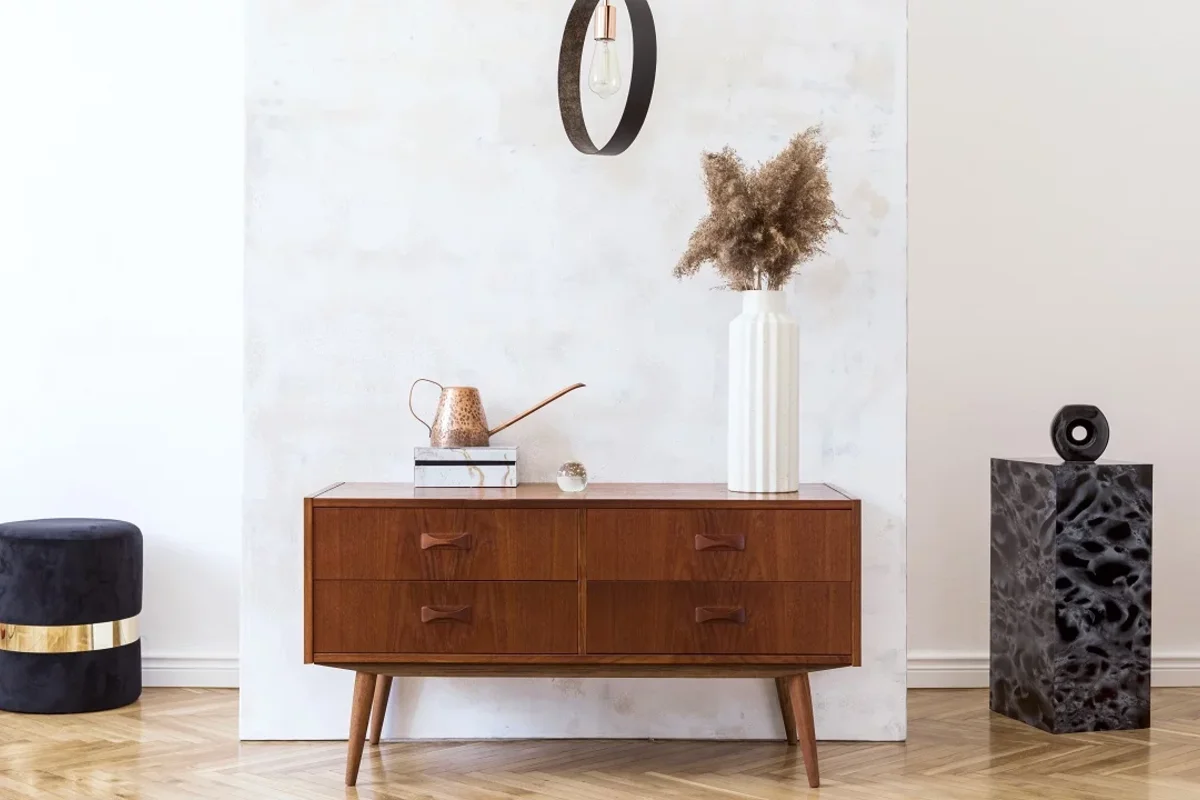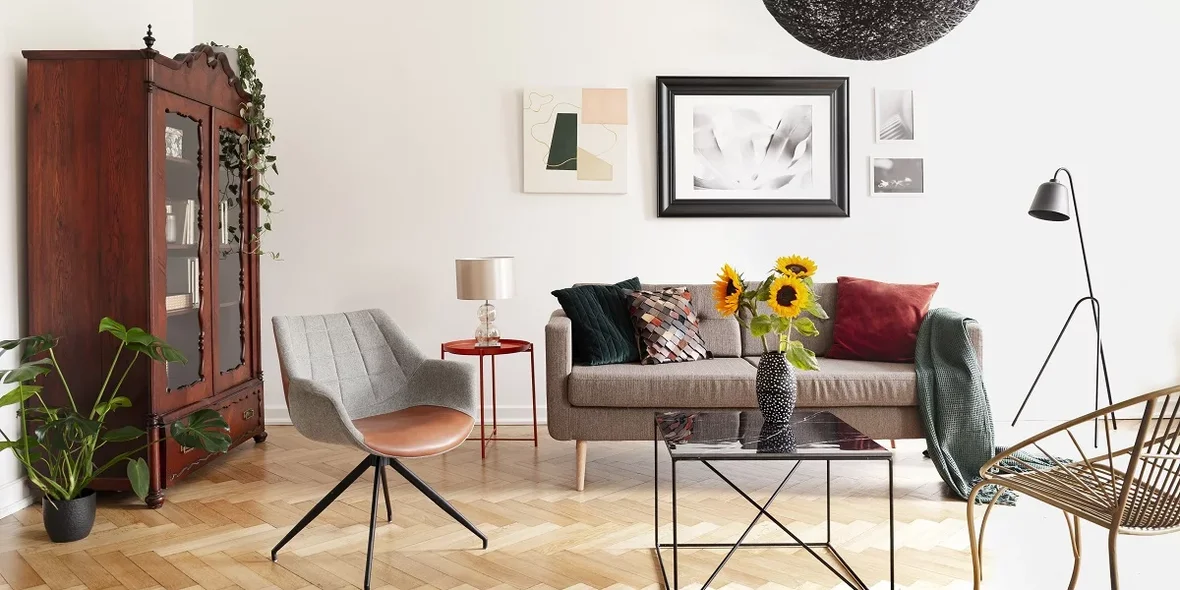
Eclecticism in the Interior: Principles And Examples
Eclecticism in the interior is a style that combines elements from different historical and cultural trends while creating a harmonious and expressive space. The basic idea is to combine items that may differ greatly in style, but together form a coherent composition. However, it is important to maintain harmony so that the interior does not look like a random set of items.
Principles of Eclectic Style
Here are four basic criteria:
- Freedom in the choice of elements: the eclectic style allows you to combine classic and modern elements, and items from different cultures and eras. However, the central goal is to create a unified style where each element complements the others while maintaining the overall concept.
- Balance and accents: even when combining different trends, balance should be maintained. This is most often achieved through color, texture, or recurring motifs. For example, modern furniture can be combined with vintage decor if they are linked through a common color palette.
- Use of different textures and materials: an important part of eclecticism is the variety of materials. You can combine, for example, smooth glass surfaces with rough wooden furniture or soft textiles with metal elements.
Stages of Creating an Eclectic Interior
Forming an eclectic interior includes the following steps:
- Selecting a key element: to create an eclectic interior, one central element (such as a painting, rug, or furniture) is usually chosen around which the rest of the composition is built. This helps to maintain the integrity of the space and facilitates the integration of different elements.
- Limit the number of styles: it is recommended to limit the use of two or three styles in one interior. This prevents visual chaos and helps to maintain balance between items.
- Contrasts in details: eclecticism uses contrasts to create visual interest. For example, contrast can be created through color schemes (bright decor against neutral walls) or through the combination of different textures.
Examples of Using the Style
A few illustrative examples:
- An eclectic style living room might include a modern sofa paired with an antique coffee table surrounded by decor items reflecting different styles — abstract paintings on the walls, classic candelabras, and modern light fixtures.
- An eclectic kitchen can combine modern glossy cabinets with retro style in details, such as vintage kitchen appliances or ornate tiles.
Examples of successful solutions
The combination of Scandinavian minimalism and ethnic motifs creates a calm and harmonious environment, where minimalist furniture contrasts with carpets and textiles with oriental patterns. In interiors where industrial-style elements (e.g. brick walls) are combined with classical decorative elements, an expressive contrast is also often achieved, making the interior unique.
Eclecticism provides room for experimentation and creativity while maintaining the general principles of harmony and balance. This style is ideal for those who appreciate diversity and seek to create an interior that reflects individuality while maintaining functionality and aesthetic integrity.








